Email: China's Advanced Joint Manipulation - Angela Lee Vs Xiong Jing Nan - Fight I! (14.7.2024)7/14/2024 This is the first of a trilogy of absolute classic fights! Jing Nan (竞楠) is known in the West as the "Punching Panda". A Panda Bear is known in the Chinese language as "Da Xiong Mao" (大熊猫) or "Great Bear Cat". It seems that the ideogram "熊" (Xiong) - or "Bear" - has been added as a prefix to her name. Angela Lee - although ethnically "Chinese" - was born in Singapore and has since migrated to the West - becoming steeped in the Western interpretation of Asian martial arts. Jing Nan, however, is from Mainland China and is steeped within the martial traditions of that country! Perhaps she is trained in "Bear" qigong - similar to the "Bear" being the animal spirit that permeates our Hakka family style. Whatever the case, the idea of joints being strengthened so that no pain is felt when pressure is applied - exists in our style and the example seen above should be closely studied. Angela Lee expected her opponent to "give-in" once the arm-lock was applied (typical of the Western MMA attitude) - but seems to have psychologically and physically collapsed (despite a rest between rounds) when this was not the case! The Chinese diaspora spans the world. China, however, possesses over a billion people and is the spiritual and material source of ALL Chinese culture! Taiwan is a US colony that can be dismissed for the irrelevancy that it is. A similar assessment can be applied to post-1945 Japan and South Korea. Mainland Chinese fighters are tough, hard and highly disruptive of the Western dominance of Asian martial arts. Indeed, China is an important statement of indigenous martial culture in the face of a racialised misrepresentation. Whatever the case, the Western attitudes (which include the Japanese influence in Brazilian Jiujitsu) imbued within the mind-set and physical technique demonstrated by Angela Lee is thoroughly overturned and defeated in this fight! Jing Nan is a credit to China and the martial arts world!
0 Comments
Dear Gillian For me, it is cultivating the method of "seeing through" the veil which obscures the divine (or the "substantive"). Some people can see it just as they are from their default place of standing - but I have needed to create or cultivate this vision - so as to remove the obscuring block. I have got quite far in this quest over the decades - to the point where I can see how other paths work. Indeed, other paths are now useful to me - where once I pushed them away. Now, I can see the "divine" ("void") in the "ordinary" ("form"). The dross of life - that which we accrue in life and leave behind in death - often means it is never easy. But effort is divine, as you already know.
On Fri, 8 Mar 2024, at 11:57, Charles Johnson wrote: March 8, 1971: My father took me along with him to the Shrine auditorium to see the first fight between Muhammad ali and Joe Frazier. No fight since has captured the magic of that fight. Two men, both undefeated, and each with a claim of the heavyweight title. And the fight was great. One of my fondest memories with my father. My Reply: When I was young, my Dad got me boxing videos (VHS) which went back to bare knuckle days in the UK - and forward to the US Black domination of the art. Jack Johnson landed a single right upper cut on the body of Tommy Burns that lifted him clean off his feet! More remarkably, Burns landed back on his feet and carried on fighting! I encountered 'The Fight' through those videos and remember Fraser's left hook that floored Ali (my Dad called him both Clay and Ali). That single punch changed history - and Ali would continue after this setback and prove he was one of the greatest! My Dad taught me bare knuckle boxing and said 'They can hurt you and they can kill you - don't worry about the second one - don't show the effects of the first one and win in that way!' My Dad understood that Western Boxing specialised in punching and that I needed this to supplement the (Longfist) gongfu kicking I was learning. Interestingly, part of my background has involved the management of violence and thuggery. The UK has a weird mixture of uplifting Socialism (currently under attack) and crushing capitalist oppression. Yin and yang. I have witnessed lots of violence but never been to a professional boxing match - like that which you describe so touchingly. What you have written touched my heart - and is a clear example of your writing ability. Respect to your father - I feel that I met him in those few, well-chosen lines. My problem when young was that I had learned Chinese martial arts movements - but did not yet possess the understanding (or experience) to make them work in combat (I literally 'bounced-off' opponents who remained more bemused rather than hurt or put-off). I learned quickly that Westerners did not like kicking - so that gave me an edge (and to be weary of Gypsy people - as they are tough). In the old days, Chinese gongfu involved kicking practice for a long time (low, middle and high) before punching was introduced. The opposite to how martial arts are taught today - at least in the West. My Dad, instead, took me to two professional football games both involving Leicester City (he used to play for them in his youth) - and a Cricket game (Cricket is an old Celtic game that my Dad got good at in his youth despite it being dominated by the middle class snobs who could afford proper clothing) featuring Leicestershire County Cricket Club that was playing in Glastonbury (possibly against Glamorgan). I was once struck on the head by a Cricket bat and can attest to its efficacy! The boy ran away because I stood looking at him. The lump on my forehead was significant to say the least. The Boxers of old taught me to be strong - whilst Black people taught me 'not to show it'. Still, Ali and Frazer inspired me for different reasons and in different ways. I was surprised to find that Fraser's right shoulder was permanently damaged and he had to throw an Orthodox straight right like a jab - but with no real power behind it (as a range-finder). This is why he put so much effort into his smashing lead-left hook! Fraser was also very humble and a true gentleman (important in the UK). It was the politics of Ali I liked. He just happened to wed this with the beat - all round - boxing skills the world has ever seen. I know that Bruce Lee used to watch videos of Ali dancing around the ring - and copied this movement - integrating it into his Jeet Kune Do. I also know that Ali sparred with a high-ranking US Karate-Do practitioner (after his retirement) and was still too-quick for the younger Karate man! When I got older, I got bigger and stronger. I became 'nasty' in my own way - particularly as a teenager. I looked mean and hungry - mostly because I was hungry - literally. My family did the best they could in trying circumstance - and yet when I came to live in London amongst affluent people - I could not believe how much food they had to eat! I used to live on about one-third of what they ate - and still pushed myself physically and mentally to prevail. This is why Tommy Hearns inspired me. I copied his 'punching' ability to augment my kicking ability. In the old Longfist Style - kicking is considered more important than punching due to historical reasons in ancient China. I think many old Masters carried swords or spears in their hands - and so kicking supplemented the use of weapons. However, Master Chan Tin Sang (1924-1993) - who had fought and killed Imperial Japanese soldiers in Hong Kong during WWII - understood that 'punching' was important in the modern world and helped me devise an internal method for replicating what Tommy Hearns quite naturally did. I think Master Chan had seen how effective Karate-punching was as displayed by the Japanese - and it made him think about improvements. When i left home at 16 to go into further education - I encountered many more Black people and found that being able to fight was a respected ability. After some brutal encounters with my brothers - we became very good friends! They respected the ability 'not to show it' - and diplomatic relations developed from their.
Our Hakka gongfu training requires the carrying of heavyweights upon our backs. This represents the hilly terrain the Hakka people lived within throughout the New Territories, Hong Kong. Hakka Clan villages, especially by the 20th century, were often re-constructed upon the top of various hills situated in prominent good (feng shui) positions. The bones must be kept strong for building good health and ensuring longevity. Strong bones allow the bodyweight to drop down through the centre of the bone-marrow into the floor (creating a strong 'root') - and facilitates the rebounding force which is distributed (throughout the skeletal-system) to the striking part of the anatomy - be it a hand, foot, elbow, knee, fore-head or torso, etc. The Hakka people moved into the Guangdong area (that became the 'New Territories' under the British in the 1890s) in the mid-1600s - following the Manchurian invasion of China (which established the foreign 'Qing Dynasty' during 1644 CE). Our 'Chan' (陳) Clan (pronounced 'Chin' in the Hakka language and 'Chan' in the Cantonese language) originally settled at the base of a hill near the coast in the Sai Kung area. I think we probably originated somewhere in Henan province (like many other Hakka Clans that I have investigated). Younger people often carried older relatives on their backs (as part of the required filial piety) up and down the hills - to and from various areas. Chinese families reflect the government and vice versa. One reflects the other whilst the notion of Confucian 'respect' permeates the entire structure. This is true regardless of political system, era, religion or cultural orientation. Many Daoists and Buddhists are Vegetarian - because they respect animals and the environment. When working as farmers - Hakka people carried tools, goods and the products of harvests on their backs between long hours working in the rice fields with the Water Buffalos. The continuous repetition of hand and foot movements - and the standing postures for long hours in the wind and rain - condition the mind and body for genuine Hakka gongfu training. Although there is an 'Iron Ox' gongfu Style (different to our own) - the spirit of the Ox pervades all aspects of the Hakka gongfu styles! Even so, our Hakka Style embodies the spirit of the Bear! We can fighting crouching low - or stand high giving the impression that we are bigger than we actually are! Our developed musculature is like the Ox and the Bear in that it is large, rounded and tough! We can take a beating and still manifest our gongfu Style with ease! We do not go quietly into that dark night! The above video shows Hakka people de-husking rise - with the standing person practicing 'Free Stance, rootedness and knee-striking, etc, and the crouching person showing a low Horse Stance and position for 'Squat-Kicking', etc, whilst demonstrating dextrous hand movements often found in gongfu Forms. Of course, not all Hakka Styles are the same and there is much diversity throughout the Name Clans. Our Chan gongfu is Military-related and can be traced to the Qin Dynasty (221–206 BCE). I think there used to be a State Gongfu Manual (since lost) issued by the Qin Dynasty as part of the process of turning every village, town and city into a 'Barracks'. Guiding the ploughs through the water and mud at the back of the Water Buffalos reflected the leg, arm and torso positions found within the Hakka gongfu. How the Hakka farmers stood still, stepped forward and back - side to side, tensed and relaxed their muscles, used their eyes and ears, and produced power and learned to give-way - all manifested in the various Hakka gongfu Styles. On Occasion, the Ox is given the day-off and the local people take to 'pulling the plough'! Our Hakka Gongfu is 'Longfist' based. Whereas many Hakka Clans - following our defeat at the end of the Punti-Hakka Clan Wars (1854-1867 CE) - Hakka people were ethnically cleansed into small areas of Guangdong province. Around 20 million people had died in this terrible war (which included the separate but related Taiping Rebellion - a Hakka-led war - fought for different reasons). The original 'Northern' Hakka Styles were persecuted and viewed as the vehicle through which the Hakka people had made war in the South of China (the area they had migrated into). The Hakka are patriotic Han Chinese migrants who fled the foreign invasion of Northern China - but who were not wanted or welcome within Southern China. Since the 1949 Revolution - things are very different today in China - as Hakka and non-Hakka now live side by side in harmony. When the various Hakka Clans 'shortened' the arm and leg movements of their gongfu Styles - to make these arts seem 'Cantonese' in origin - our Hakka Clan lived in a relatively remote area of South East Guangdong province and refused to do this. We practiced our 'Northern' Longfist martial arts in isolation and hid our gongfu in Temples grounds, behind walls and by practicing at night. Master Chan Tin Sang (1924-1993) fought and killed Imperial Japanese soldiers in the New Territories between 1941-1945 using our Hakka gongfu. Around 10,000 Hakka men, women and children were killed in this war fighting the modern Japanese soldiers using bare-hands and feet - and traditional weaponry. Many of our relatives were killed during this time. Master Chan Tin Sang came to the UK in 1956 - as a British Subject - to work for a better life, not because China is a bad place (it is not), but because life in the New Territories under British rule was continuously impoverished. Master Chan Tin Sang worked hard for 10-years before he earned enough money to bring his wife and two daughters to the UK (in 1966) - also as British Subjects. My Chinese relatives were NOT economic migrants, Asylum Seekers, or Refugees. My Chinese relatives do not follow Cults and are free-thinking individuals who are proud to be 'British' whilst supporting Mainland China's right to self-determinate - just like any Western country.
Dear Tony Interesting. Thank you for your knowledgeable explanation of sparring - an adult 'tiger playing with a cub'. This inspired me to research 'Ran-Dori' in Japanese-language sources - which is written as '乱取り' - '乱捕り' and 'らん‐どり'. Both of the following Japanese-language Wiki-entries (I have checked the data is correct) should be read side by side to gain an all-round clarity - as the 'Randori' entry does not specifically mention Karate-Do - whilst the 'Kumite' page explains that in some Styles of Karate-Do - 'Kumite' is referred to as 'Randori'. Randori - Japanese-Wiki (Fed Through Auto translate) Kumite - Japanese-Wiki (Fed Through Auto translate) I suspect the inference is that in Okinawan Karate-Do the term 'Randori' is used - whilst in Mainland Japan - the term 'Kumite' is the preferred. Difficult to say, but as you know, 'nuance' and 'implication' is an important part of Japanese communication. What is NOT said is as important (sometimes more so) than what IS said. Perhaps this Yin-Yang observation is just as important for sparring - whatever its origination and purpose. As for the traditional Japanese and Chinese ideograms - this is what we have: 乱取りand 乱捕り 乱 (ran) = chaos, disorder 取 - 捕 (to) = take hold of, gather, control, arrest り(ri) = logic, reason, understanding Therefore, 'Ran-Tori' and 'Ran-Dori' are synonymous - with the concept expressed in its written form as '乱-取り' - ot 'Chaos (Random Movement) - Seize Control of'. What is 'chaotic' in the environment is wilfully taken control of - by imposing an outside order upon it. This suggests that the 'non-controlled' is 'controlled' by the structure of Kata-technique - which is brought to bear by an expert. There also seems to be the suggestion that that which 'moves' - is wilfully brought to 'stillness'. As for a Chinese-language counter-part, perhaps we have: 乱 - 亂 (luan4) = disorderly, unstable, unrest, confused and wild (Japanese = 'turbulent') 取 (qu3) = take hold, fetch, receive, obtain and select り- 理 (li4) = put into order, tidy up, manage, reason, logic and rule It would seem that the Japanese term of 'Ran-Dori' equates to the Chinese term of 'Luan-Quli' - or 'Disorder - (into) Order Rule'. Your reply inspired me to think about what the Japanese '乱' (Ran) - or Chinese equivalent '亂' (luan4) - actually means. What is the definition of the 'disorder' being referenced to when 'Ran-Dori' is being discussed? Therefore, '亂' (luan4) is comprised of a 'left' and 'right' particle: Left Particle = 𤔔 (luan4) means to 'govern' and 'control' - and is structured as follows: a) Upper Element = 𠬪 (biao4) represents two-hands working together. The upper '爫' (zhao3) is a contraction of '爪,' (symbolising the vertical 'warp' threads used in weaving) - representing a 'claw' or 'hand' grasping downwards (from above) - and the lower '又' (you4) which is a right-hand 'grasping to the left' (meaning 'to repeat' and 'to possess') - signifying the horizontal 'weft' thread used in weaving. b) Lower (Inner) Element = 幺 (yao1) - a contraction of '糸' (mi4) which refers to 'thin silk threads'. c) Lower (Outer) Element = 冂 (jiong1) this is a 'comb', 'beater' or 'heddle' - a device to 'order' the silken threads that require weaving. In normal usage, this ideogram denotes the structured boundary that clearly demarks the city limits. Right Particle =乚 (yi3) is a contraction of '隱' (yin3) - meaning to 'hide', 'conceal' or 'cover-up', etc, as in 'something is missing'. It can also refer to a required process that is 'profound', 'subtle' and 'delicate' - but which is currently 'lacking'. It may also mean 'secret' and 'inward' or 'inner', etc. I would say that 'obscuration' is what this ideogram refers to in its meaning. Conclusion The literal meaning of '亂' (luan4) [or 'Ran' in 'Ran-dori] - is that it refers to a lack of skilful organising ability (disorder and confusion). The thin silk threads are not placed correctly on the wooden frame (loom) - and therefore cannot be 'weaved' together in an orderly fashion. This entire process lacks the required profound knowledge and experience to achieve the objective - thus the hands (and body) cannot be used in the appropriate manner. Ran-Dori (乱捕り), as a complete process, suggests that it is the opposite of the above 'lack of skill' that is require in sparring. Not only is this skill required, but 'ri' (li) element (理 - li3) - suggests a 'regulation' and an 'administration' (premised upon logic and reason) - such as the profound skill required to 'cut' and 'polish' jade. I was discussing Randori with another language expert and they gave me more data which I have added to this paragraph: 'Upper Element = 𠬪 (biao4) represents two-hands working together. The upper '爫' (zhao3) is a contraction of '爪,' (symbolising the vertical 'warp' threads used in weaving) - representing a 'claw' or 'hand' grasping downwards (from above) - and the lower '又' (you4) which is a right-hand 'grasping to the left' (meaning 'to repeat' and 'to possess') - signifying the horizontal 'weft' thread used in weaving. ' I was curious as to why the two hands were so specific in their orientation and my colleague said that they are clearly carrying out the process required for ancient 'weaving'. One hand is laying the 'warp' - or 'vertical' thread down through the loom - whilst the other right hand is performing the function of 'weaving' multiple 'weft' threads into place horizontally across the loom! As a matter of comparison - the 'Kumi' (組) in Kumi-te (組手) - Chinese 'Zu Shou' - means to 'weave continuously'. This translates as 'to be skilful' (the silken threads are skilfully woven [糹-si1] together forever - like the longevity of a sacrificial vessel [且 - qie3] - which are traditionally made out of stone). Therefore, Kumi-te literally refers to a 'continuous skill that unfolds through the hand'. This may be compared to the term 'Ran-Dori' which refers to a 'missing skill' that has yet to be 'acquired' and is in the midst of 'being acquired' (through developmental training) - whilst Kumi-te implies that the required skill is already present and should manifest automatically.
Practicing Taijiquan in the early morning (the or evening - when this picture was taken) is when the air (qi) is at its most inspiring and invigorating! At the moment, although the temperature was -7 last week - today it is +10 degrees Celsius. Whatever the case, the air is cool and fresh and seems to permeate every cell of the body - despite the fact that in reality the breath enters and leaves through the nose and/or mouth. Of course, I am told that a small amount of oxygen leaves and enters through the pours of the skin - but too little for the entire body to exist upon. Still, when breathing deeply (into the lower Dantian) the complete lower lung capacity is utilised giving the feeling that a 'power' or 'entity' is dropping into the lower abdominal area (traditionally two-inches below the naval).
I find it interesting that this special area (which is probably lower than two-inches in reality) coincides with the actual centre of gravity relating to the human (physical) body. The mastering of 'breath' is inherently linked to the mastery of 'balance' and 'movement' all mediated through an enhanced 'rootedness'. The clarified and purified 'awareness' of the mind directs all this activity - which includes the harnessing of the rising (rebounding) force that emanates from the dropped bodyweight impacting with the ground. The dropped bodyweight and rising force is channelled through the epicentre of the perfectly 'aligned' bone-structure (skeleton) which is never lost despite the complexity of the movement involved. Of course, part of the qigong used to prepare the practitioner for Taijiquan practice is 'Standing Like a Stake' also termed 'Holding the Ball' - where an individual stands perfectly 'still' both physically and psychologically. We become like a mighty tree which can withstand any weather or unexpected external force! Within the peacefulness of the well-rooted tree is an immense power waiting to be discovered, harnessed and manifest! When running with the weighted rucksack – I use the two broad aspects of Daoist breathing usually termed ‘natural’ and ‘correct’. Bear in mind that this ‘moving’ activity is not the complex seated ‘neidan’ practice and is not subject to that type of control. Instead, as the bodily frame is placed under intense pressure, what is required is deep and full breaths, usually in and out of the mouth. This is because unlike the state of perfect balance that is constructed during the practice of Taijiquan (where the breath is taken in through the nose and expelled through the mouth) - running with a weighted rucksack overloads the biological processes to such a high degree that the maximum amount of oxygen is required to maintain its function. This is achieved by breathing in and out through the mouth. Once the parameters are set, what then is ‘Daoist’ about this practice? Natural breathing requires breathing deeply into the lower abdomen – this emphasises the use of the middle and lower-lung capacity – with the minimum of upper-lung capacity. Correct breathing requires the pushing-up of the diaphragm so that the inward breath is compressed from the expanded lower-lung and into the middle and upper-lung. Correct breathing inflates the usually neglected upper-lung capacity which is full of highly dense oxygen-absorbing body-cells. Generally speaking, the upper-lung is often used by the body in ‘emergency’ breathing if the body has become injured, ill, or is inhabiting an oxygen-deficient environment. The ancient Daoists seem to have understood that there is something special about the little used upper-lung within everyday life – and with this understanding they formulated a physical method of breathing that allows a voluntary access of this area. I tend to use ‘natural’ breathing when running with the weighted rucksack – but I switch to the ‘correct’ method when I need to stop to cross the road and/or significantly change direction. I usually take three full ‘correct’ breaths (which oxygenates the body to a greater degree) and then switch back to ‘natural’ breathing which is what I refer to as ‘maintenance’ breathing. Correct breathing in this context is not ‘maintenance’ breathing and should not be confused with the purpose of ‘natural’ breathing. Furthermore, the perspective I am giving here only makes sense when discussing weighted rucksack running. As weighted rucksack running using ‘natural’ breathing dramatically diminishes the oxygen levels in the body (stabilised through fitness levels) – ‘correct’ breathing represents a rapid intake of new oxygen by switching the emphasis of how the breath is managed.
Our family style of Hakka Gongfu involves "Rucksack" running as both an "External" and an "Internal" practice method which builds muscle and joint power, bone strength, and psychological determination and indomitable spirt! As the pack weighs 56 lbs at its maximum weight (it can sometimes be raised to 76 lbs - but this is rare) - it is also a good indicator of developing and maintaining (skeletal) body-alignment - important for dropped body-weight and rebounding power found in the Internal method found in Taijiquan. When young, rucksack running is "External" - whilst for the older practitioner rucksack running becomes "Internal" - and has to be modified as a practice. Long distance running can be interspersed (or changed with) the shorter distances involved in circuits-training. Either way, the positive effects on the mind and body are absolutely the same: I have been pursuing a three-month circuit-training of five-days a week running three-time around the block (Monday-Friday) - carrying the 56 lbs pack. Running in urban environments is easier in one way as the surfaces tend to "flatter" than their "cross-country" (off-road) equivalents. However, running with a weighted rucksack is dangerous as when falling down the impact with the ground is magnified by the extra weight being carried. Falling upon grass, in mud or through water, for instance, is preferrable to falling upon concrete, as such a tumble "cushions" the fall. Yesterday (Monday), at around 830 am, I was slightly distracted whilst running over a broken piece of tarmacked pavement. This happened during the 66th run of my intended 70 - a training stint which will conclude this Friday (December 22nd, 2023). My legs were cut-out from beneath me and I fell onto my hands and knees - with the rucksack propelled upwards and over my right-shoulder. My palms soundly struck the pavement - saving me from a face injury - with my well-conditioned hands suffering no damage. Most the weight, however, entered the ground through my left-knee. My right-knee took about half as much impact. the friction (heat) between the surface-skin of my knees and the fabric of my running-trousers caused the surface-skin to "rub-off" - as can still be seen above. This is why I now have substantial knee-abrasions. A passing neighbour - who was astonished to see me tumble past him - stopped to help me up. This was not as easy as it might have looked - as I had to readjust the heavy pack, and rearrange my legs and knees to attempt an upward thrust from the ground in good order (from a kneeling on one-knee position). This I successfully achieved - thanking my Muslim neighbour for his truly caring attitude. This is why I replied "Peace to you - my friend"! I then reassumed my training - showing a "straight" and "committed" mind-set in the face of adversity - finishing that day's training. When I got home, my partner - Gee - carried-out her usual "nursing" function of repairing the war-wounds of her Hakka Warrior husband using the family Dit Da Jow to clean and dress the wounds. Today, I was up early to continue my training in the rain!
Author's Note: One of my Western Gongfu students once navigated his way to Sai Kung Town and caught the local bus which travelled in a loop throughout the countryside of Sia Kung. We had given him the name and map coordinates of our Ancestral Village - and he found it - but there was a catch. When he rang the bell in the middle of nowhere to get-off (many of the Hakka villages are hidden from obvious view and must be accessed through a think cover of trees - the bus-driver, seeing that he was alone, refused to open the door. The driver explained that this was a Hakka area and that these people are renowned for their aggressive tendencies. The driver was under strict orders not to let any Westerners (unaccompanied by Chinese people) to get into trouble in areas they do not understand or are not familiar with. Therefore, my student had to safely return to Sai Kung Town. ACW (17.11.2023) Sai Kung is a Hakka coastal area of the North East New Territories where our ancestral Chan Village is (or was) located. The area is now a very well structured National Park. Sai Kung is also a town which lends its name to the region. We have visited many times and never had any trouble navigating. Hundreds of years ago, the migrating Hakka people planted sustainable forests as part of the charcoal trade they pursued. These forests strewn the hills and valleys to this day. We have never heard of hikers going missing - as hikers have no reason to enter these areas. Still, things change and the graphics on the maps contained this episode show where our Gongfu took root in South China after migrating from North and Central China many years ago. The Hakka people who occupied these areas used to be highly aggressive to uninvited guests. This martial attitude stems from the history of the place and the reality of the Hakka-Punti Clan Wars of the mid-1800s which killed millions. This was poor quality land that the Hakka had to cultivate and then defend from Cantonese (Punti) attack.
Dear Charles! Coxinga (1624-1662) lived about 100-years after Yasuke in Japan. However, he was half-Japanese himself and possessed a personal bodyguard known as the 'Black Guard' comprised of African men freed from Portuguese slavery by Chinese forces. A pictures survives of one of these African men. Coxinga is famous for taking-on - and defeating the Dutch forces on Taiwan - and was granted that staus of 'King' of that island by the Ming Emperor of China. Coxinga was a Ming Dynasty General - the child of a Chinese man and a Japanese woman! The Chinese language texts make much of the Dutch being defeated. This may have been the first military engagement between China and the West. Perhaps the Black Guard had a pivotal role. The drawn picture shows the African man carrying the Guan Dao (the blade of Lord Guan) - a high status weapon! Portuguese slavery must have been prolific! I once visited Portugal for a holiday and was astonished to find their tour guides talking about their slave-trading past with a sense of pride! Britain takes a different path and tends to deny it! Best Wishes Adrian
|
AuthorShifu Adrian Chan-Wyles (b. 1967) - Lineage (Generational) Inheritor of the Ch'an Dao Hakka Gongfu System. |
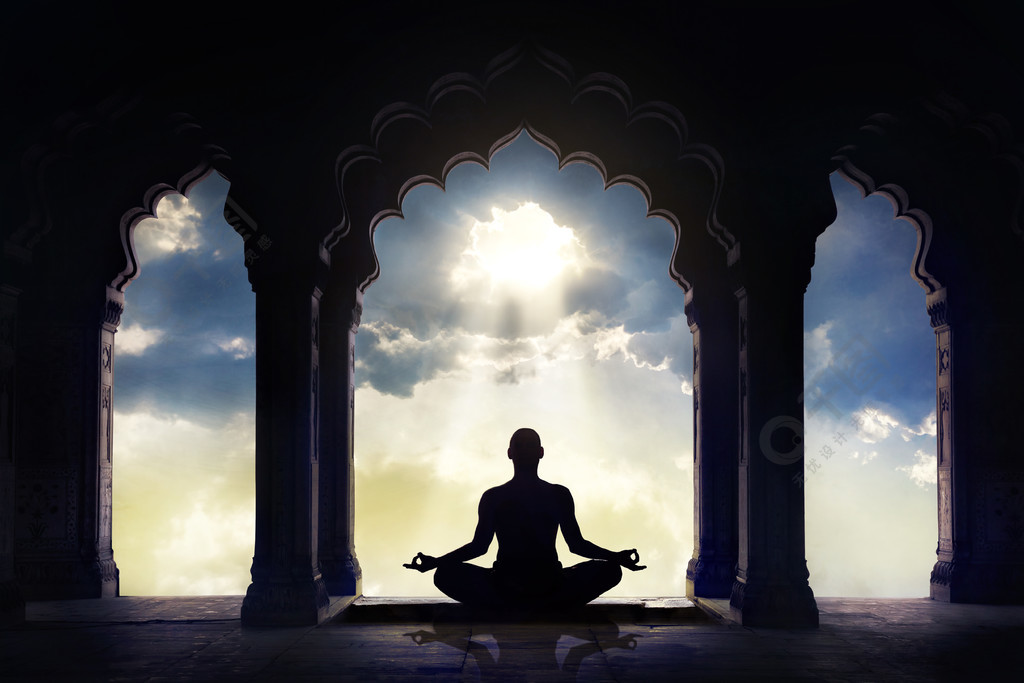
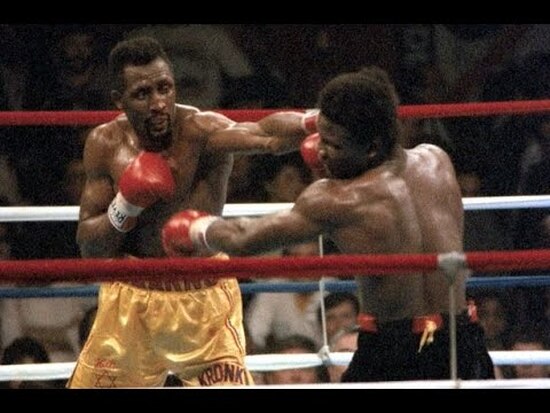
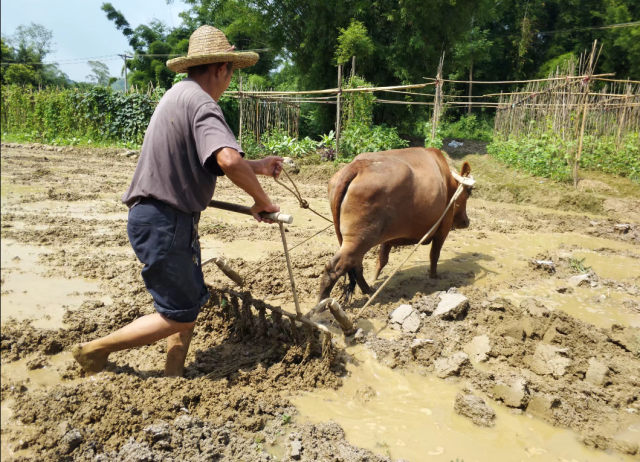
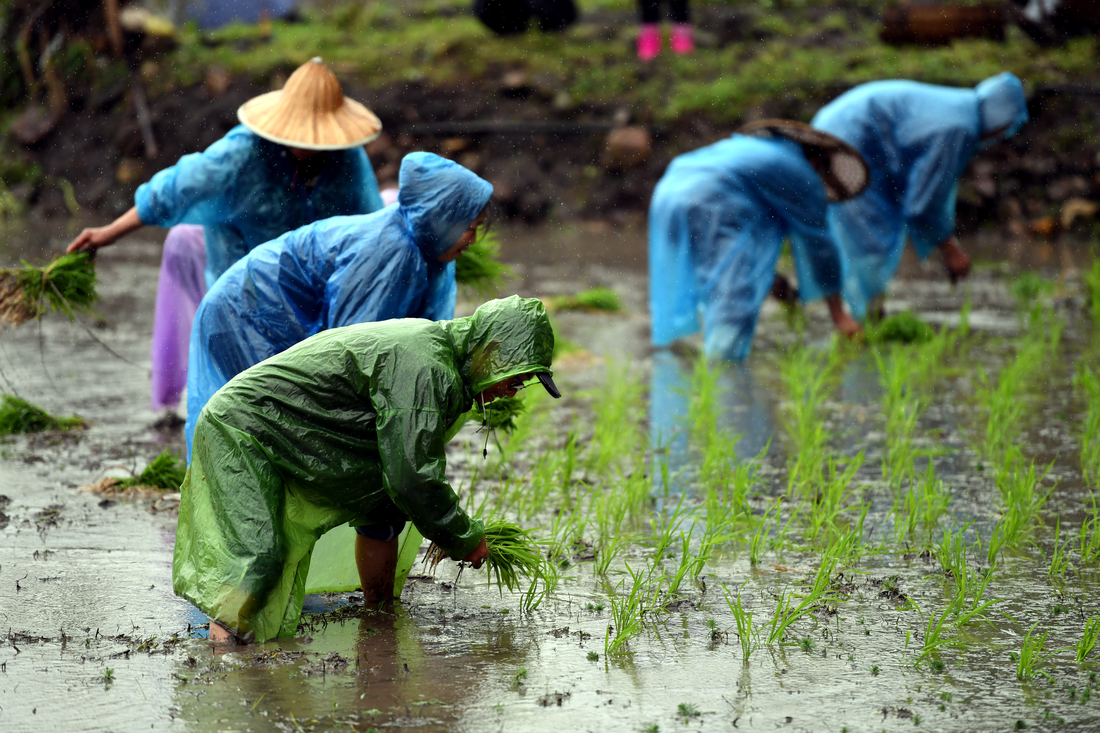
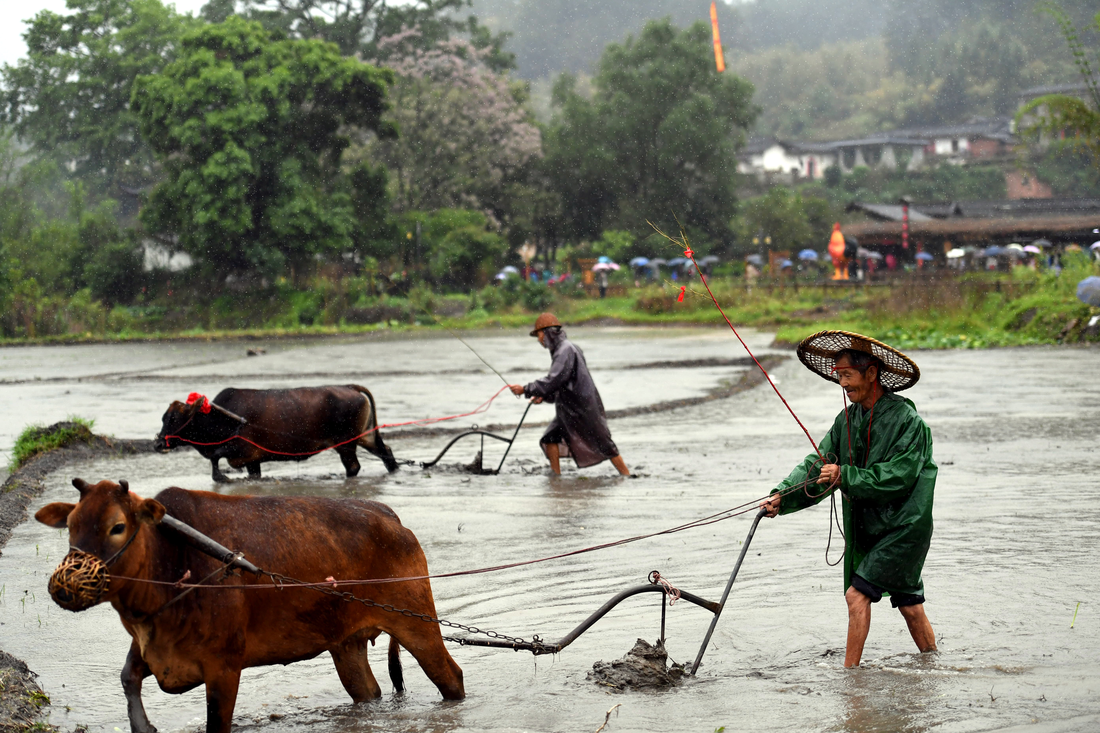
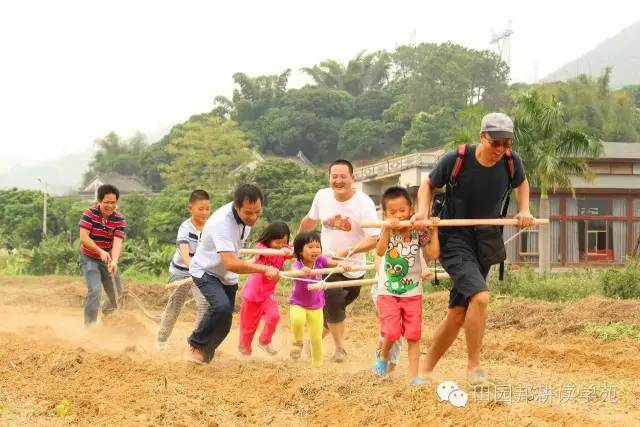
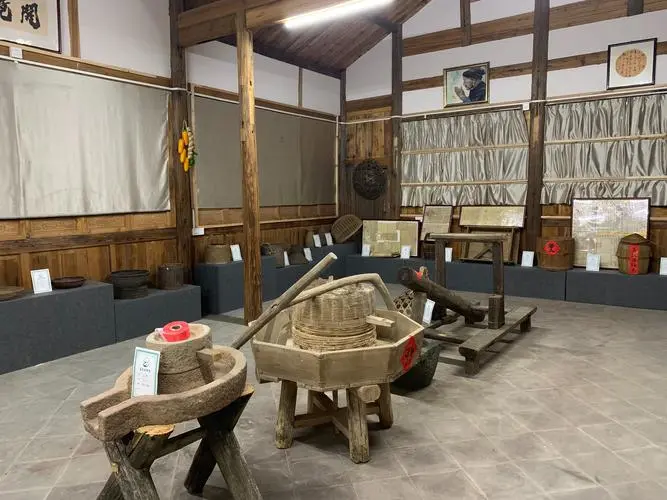
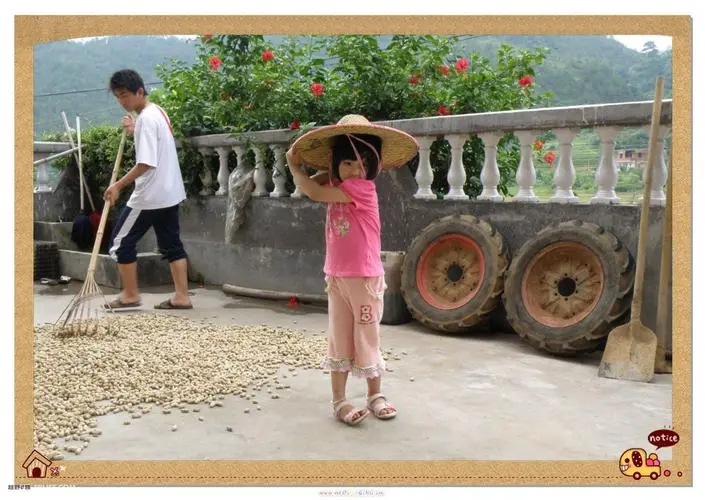
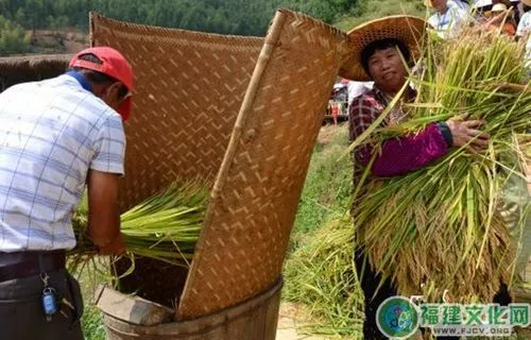
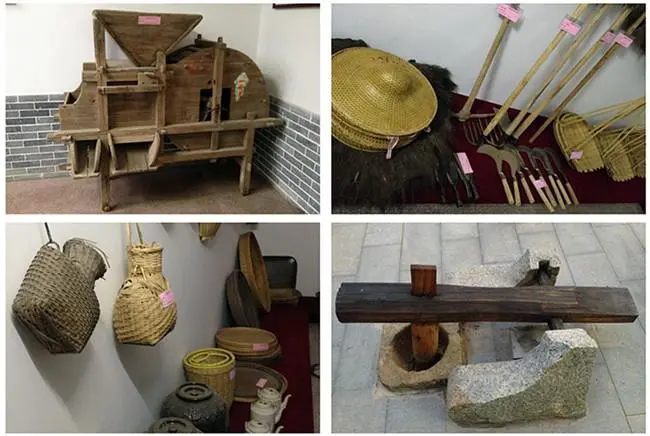
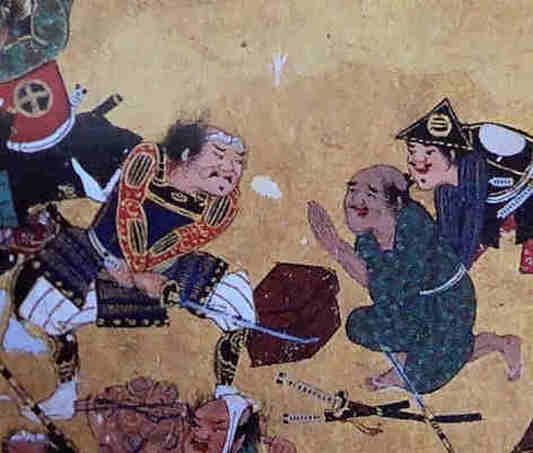
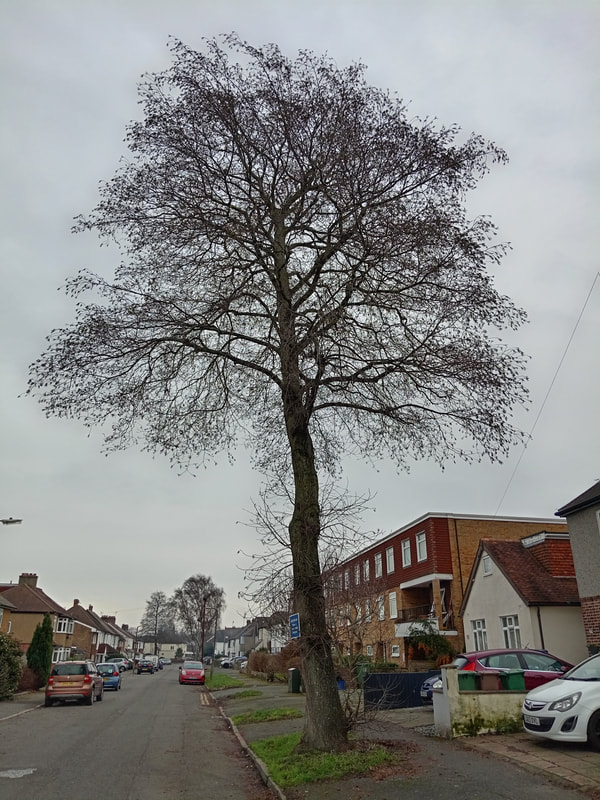
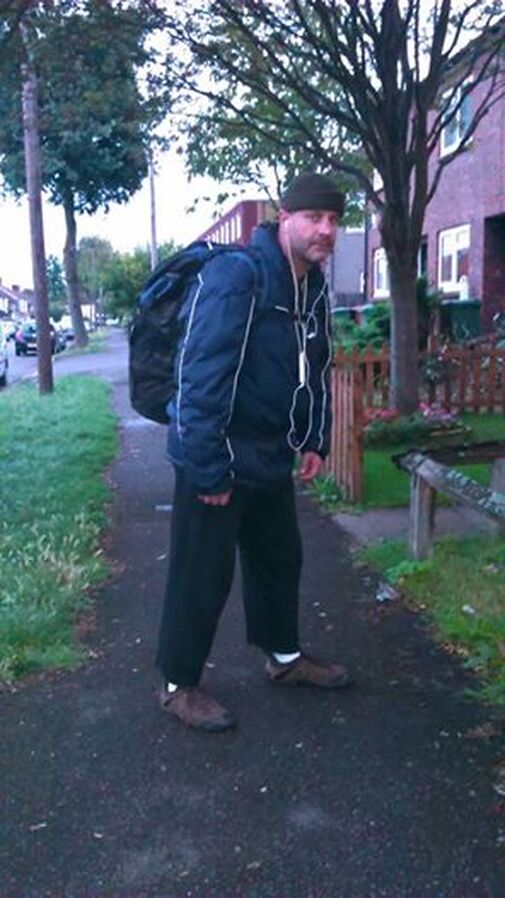
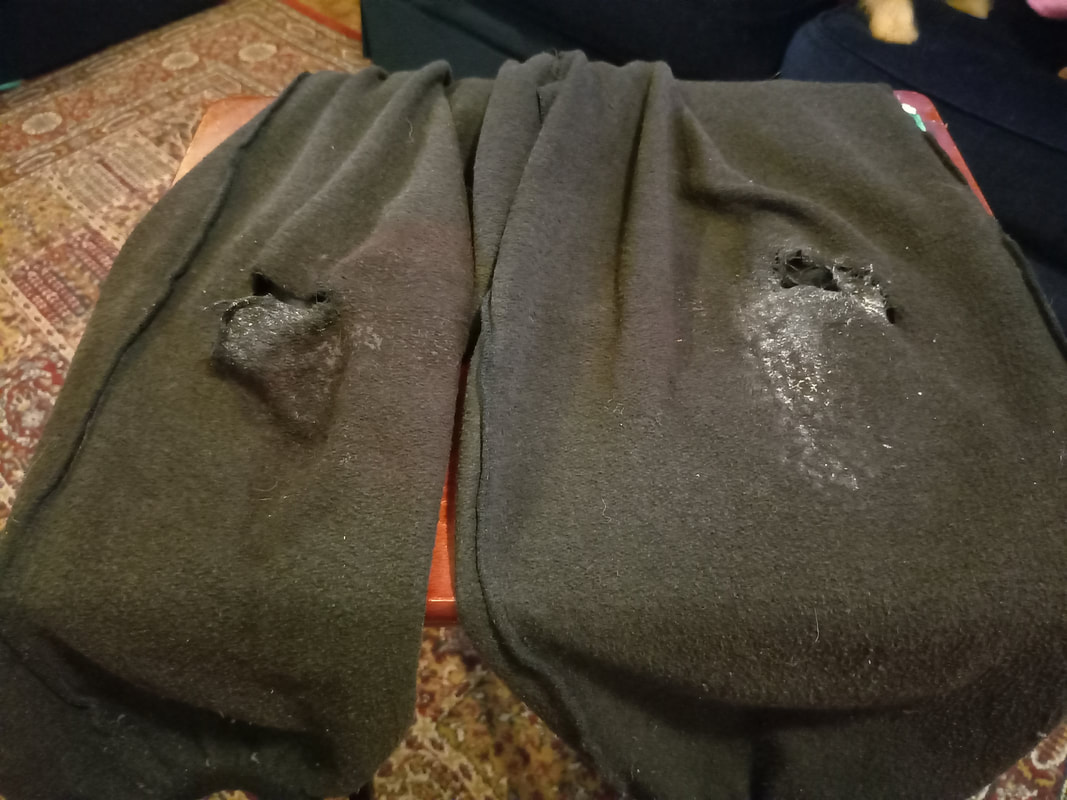
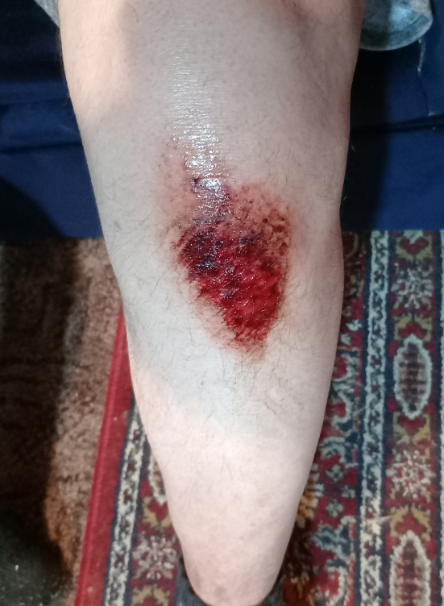
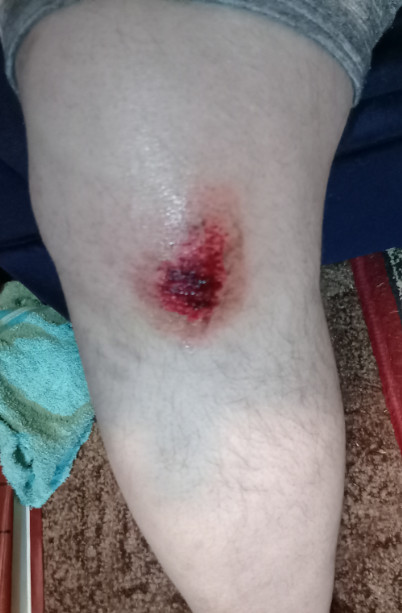

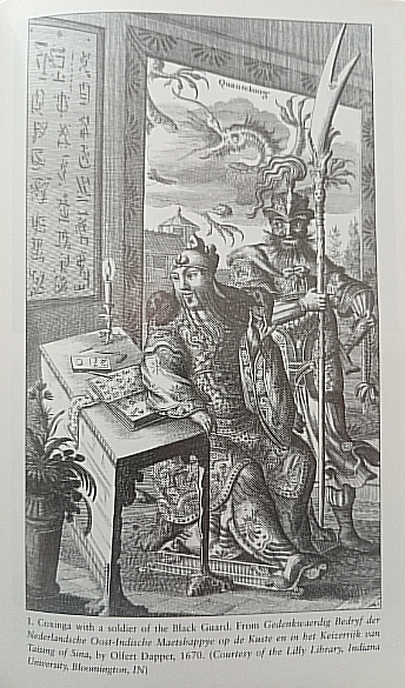
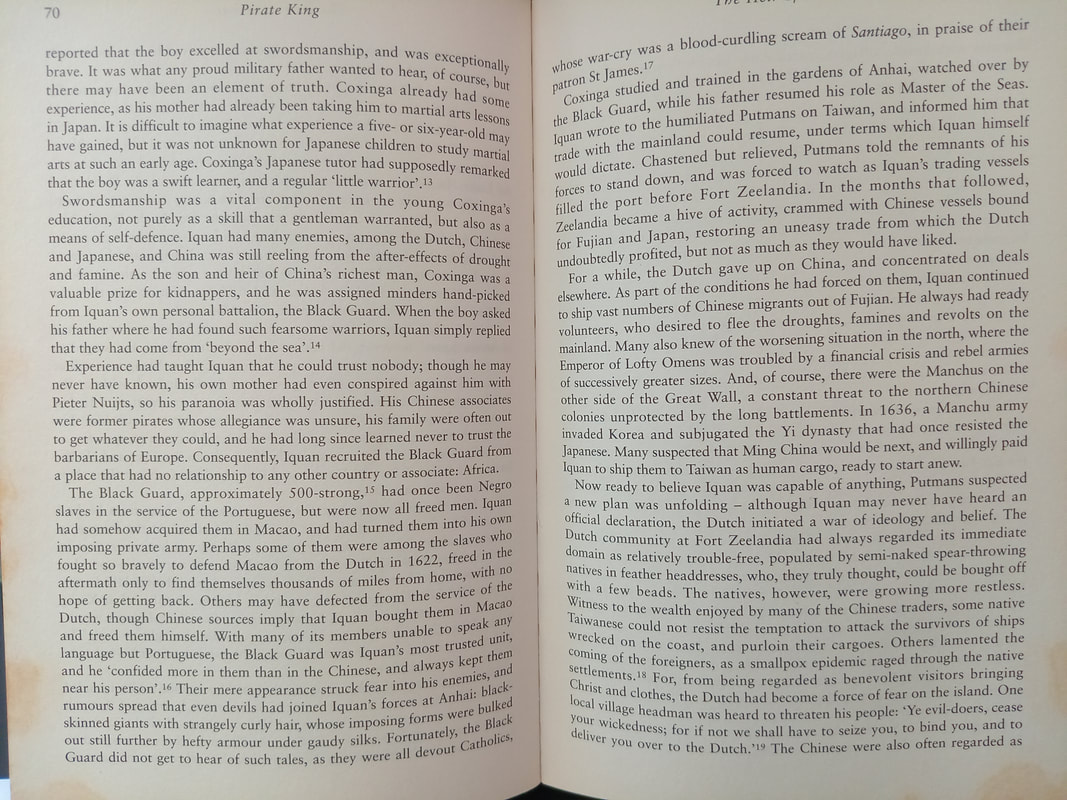
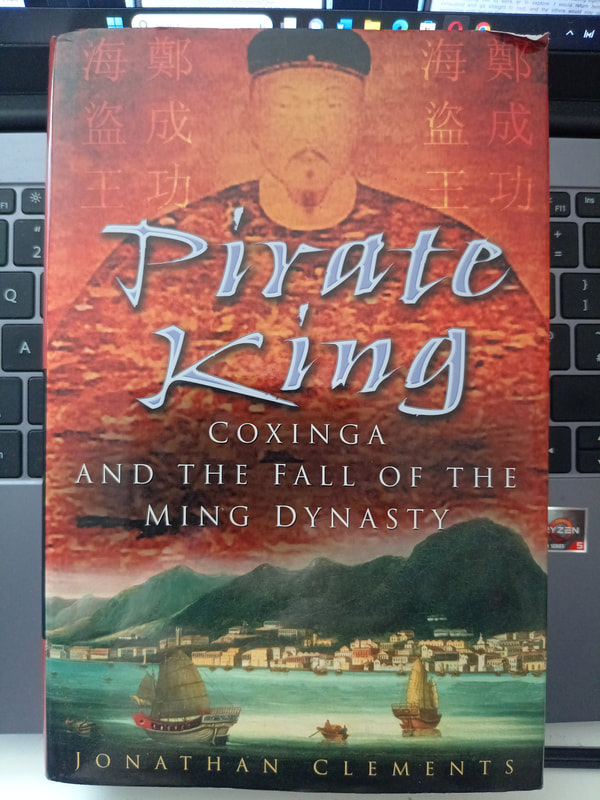
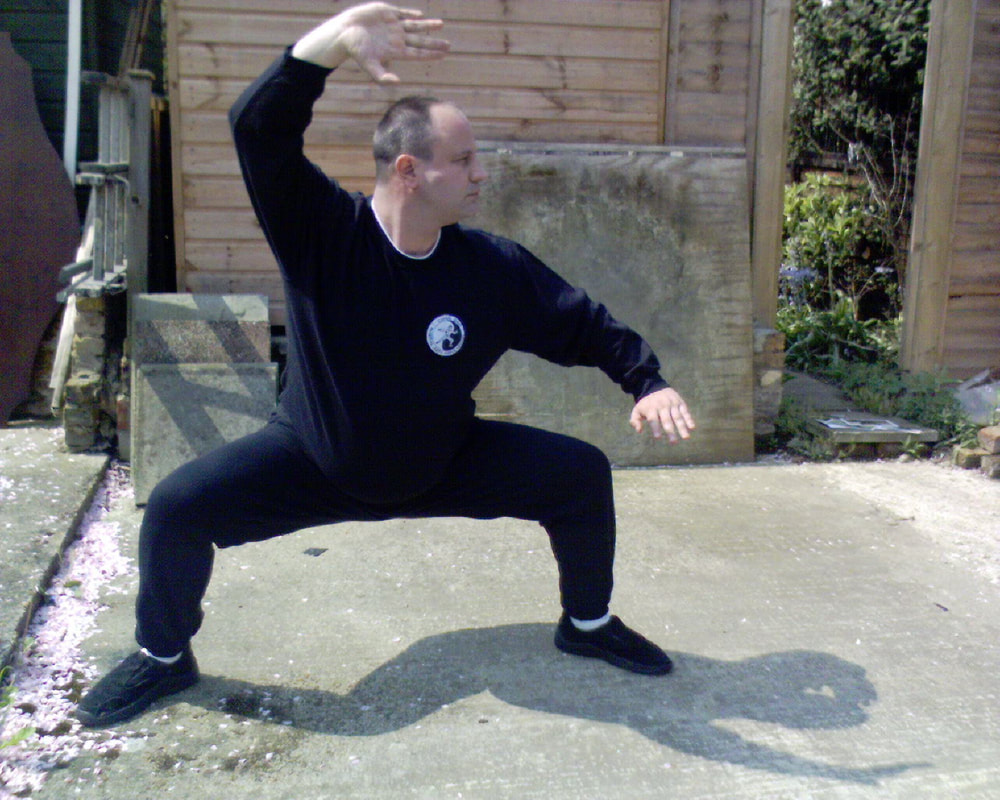
 RSS Feed
RSS Feed